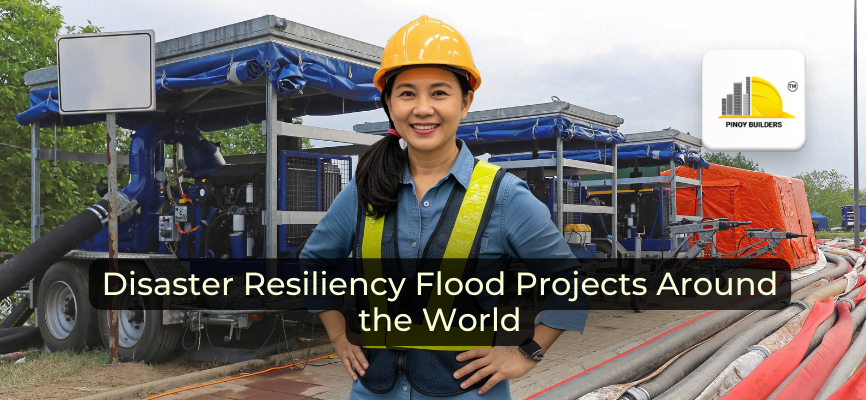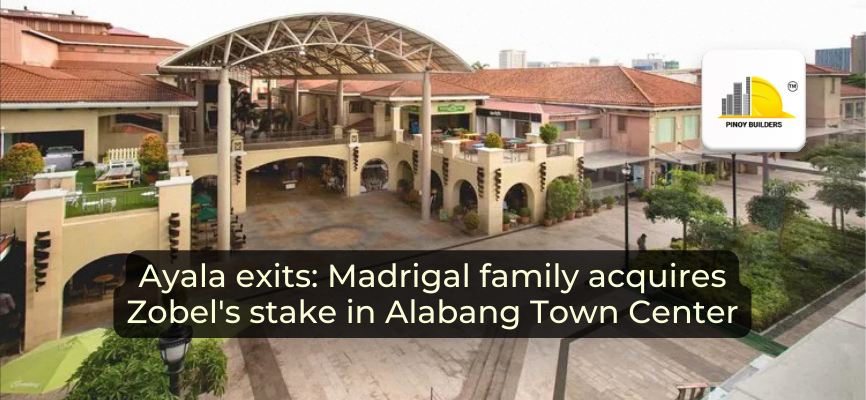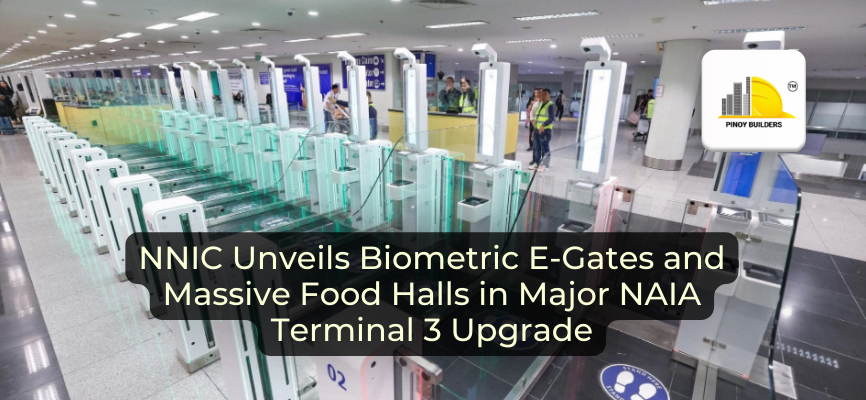Flooding remains one of the most pressing challenges for communities today, especially in countries like the Philippines. Heavier rains, rising seas, and dense urban development limit the natural flow of water, increasing the risk of overflow in homes, streets, and business districts.
The added impact of global warming intensifies the problem, making it more difficult for governments and urban planners to design effective solutions while keeping people safe. Around the world, efforts are underway to strengthen disaster resiliency and protect communities from the devastating effects of large-scale flooding.
From rivers redesigned to carry greater volumes of water to parks that serve as flood basins, these initiatives show how thoughtful planning can safeguard lives while also enhancing everyday living. They demonstrate that safety, nature, and modern development can complement each other rather than compete.
In this article, we will explore some of the most innovative flood resiliency projects worldwide and see how different countries are preparing for major flooding disasters.
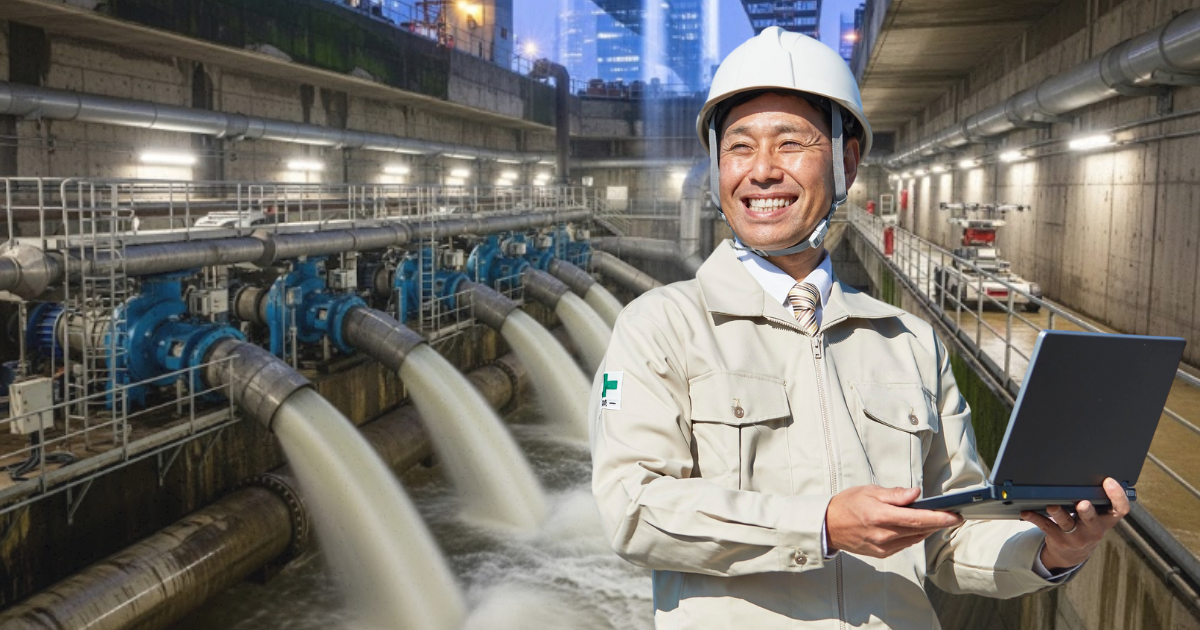
Why Flood Resiliency Matters
Flooding consistently ranks among the most damaging natural hazards worldwide. Between 2000 and 2019 alone, floods affected more than 1.6 billion people and caused over $650 billion in economic losses, according to the UN Office for Disaster Risk Reduction. Unlike some disasters that strike less frequently, floods can hit year after year, especially in low-lying and coastal cities.
What makes floods especially disruptive is their reach. They do not just damage homes and roads but also interrupt supply chains, weaken economies, and threaten food security. A single major flood can set back years of development in vulnerable regions.
Investing in resiliency projects changes this story. Instead of scrambling after waters recede, communities gain protection before storms arrive. Strong defenses keep families safe, reduce recovery costs, and create a foundation for sustainable growth. Preparing for floods is not only about safety—it is also about securing a more stable economic and social future.
Innovative Flood Management Projects All Over the World
Communities across the globe are rethinking how to live safely with water. Some solutions rely on advanced engineering, while others focus on restoring natural systems. Each project reflects a creative approach to protecting people and cities from the growing risks of floods.
1. The Netherlands – “Room for the River”
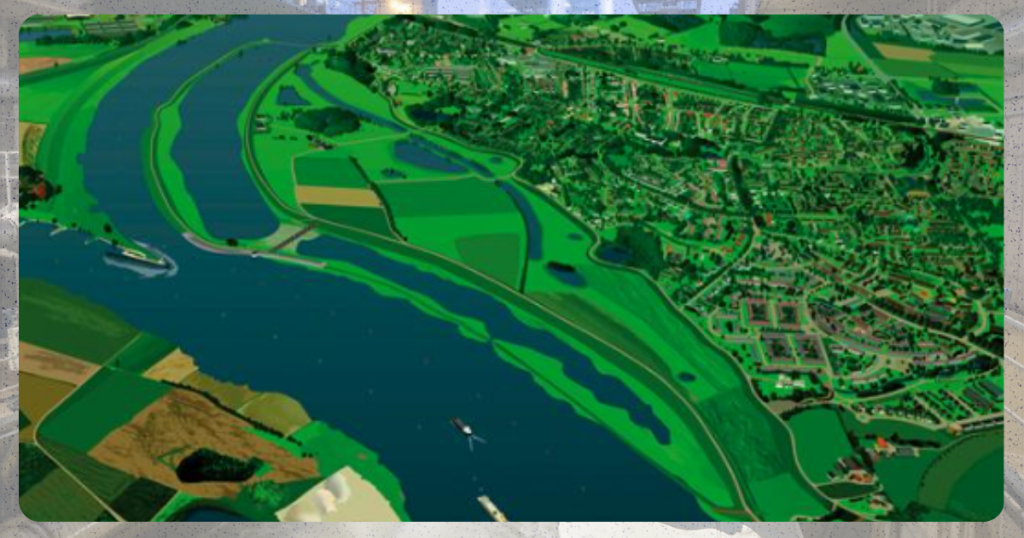
Caption: Artist rendition of the Hondsbroeksche Pleij area, where a dike will be relocated further inland to make way for the River Wal for the Room For the River program.
The Netherlands is known for its relationship with water. With much of the country below sea level, flood safety has always been a priority.
The “Room for the River” program takes a unique approach. Instead of simply building higher dikes, the project gives rivers more space to flow. This includes relocating dikes further inland, lowering floodplains, and creating side channels. The strategy embraces nature, showing how working with water can reduce risks while improving landscapes.
2. Japan – The G-Cans Project
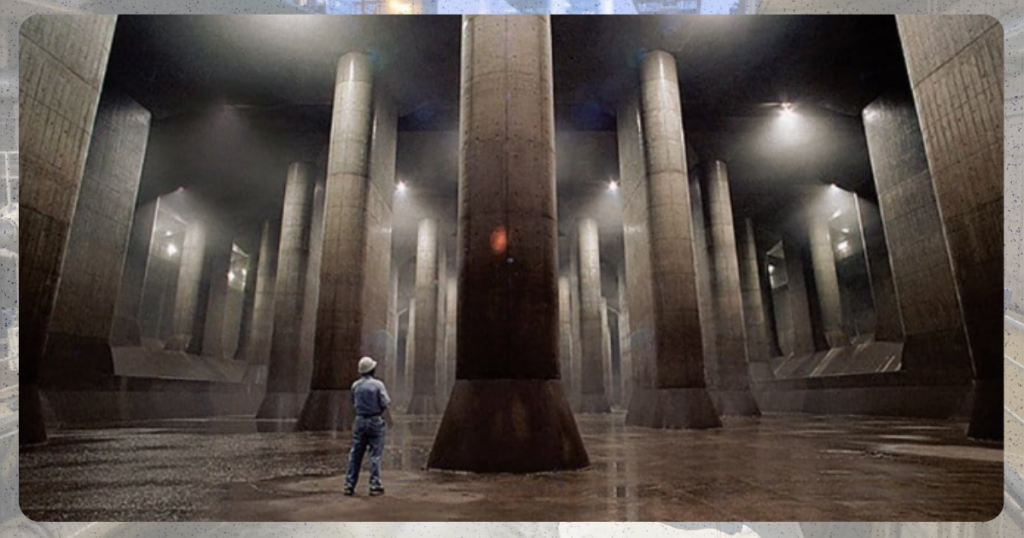
Caption: A man walks inside Japan’s G-Can underground temple
Located in Kasukabe, Saitama (near Tokyo), the G-Cans project is the largest underground flood diversion system in the world. It has the capacity to pump out 200 metric tons of water from major cities into the Edo River. Also called the Metropolitan Area Outer Underground Discharge Channel, this structure stands as a remarkable feat of engineering.
The G-Cans system is made up of enormous silos, kilometers of tunnels, and massive pumping stations that redirect floodwater away from residential areas. Through this diversion of excess rain and river water, it helps protect millions of people living in one of the most densely populated regions on the planet.
3. United States – New York City’s “The Big U”
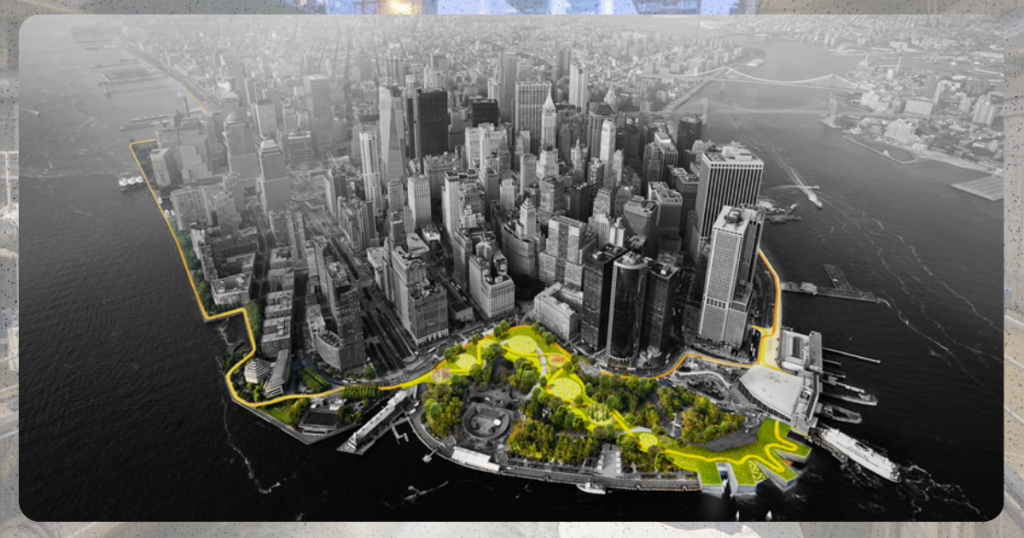
Caption: The Big U covers the edge of lower Manhattan from West 57th Street, going down to The Battery, and then back up to East 42nd Street.
In New York City, lower Manhattan has faced increasing risks from storm surges and rising sea levels. To address this, the city introduced “The Big U,” a coastal protection project designed to wrap the area with berms, parks, and floodwalls.
The project is not only about defense. It also creates public spaces, green areas, and recreational zones that residents can enjoy every day. This community-centered design shows how resiliency efforts can strengthen both safety and quality of life. Construction began in 2017, with the first three sections expected to be completed by 2030. The full system is scheduled for completion around 2040 to 2050, with a projected budget of $5 to $7 billion.
Common Themes Across These Projects
From the examples above, it is clear that cities continue to find new ways to address the growing challenge of rising flood risks. Rather than relying solely on traditional barriers, many are combining engineering innovations, nature-based designs, and community-driven ideas to build more effective and resilient flood management systems.
Looking at the three projects together, three themes stand out.
- Long-term investment: Building large-scale protection requires funding, but the future savings from reduced damage outweigh the costs.
- Nature plus engineering: Many of the most effective projects combine ecological solutions with modern infrastructure. This balance makes cities safer and more sustainable.
- Community focus: Flood resiliency does not mean only stronger walls. Projects that include parks, public spaces, and better living conditions ensure that communities thrive every day, not just during emergencies.
Seeing these shared themes across different projects shows how vital it is to explore new and innovative ways to strengthen disaster preparedness. With climate change driving irreversible shifts, communities everywhere face greater risks from natural hazards such as landslides and, most urgently, flooding. Investing in smarter, forward-looking solutions helps ensure that safety and resilience grow alongside our cities.
Building a Flood-Resilient Future
Flood challenges will continue to grow, but global examples prove that preparation creates stronger societies. From the rivers of the Netherlands to the underground tunnels of Tokyo and the coastal defenses of New York, these projects inspire resilience through both innovation and care for people.
Every city can learn from these models. Investing in smart, sustainable, and community-focused solutions today creates safer futures for generations to come.


